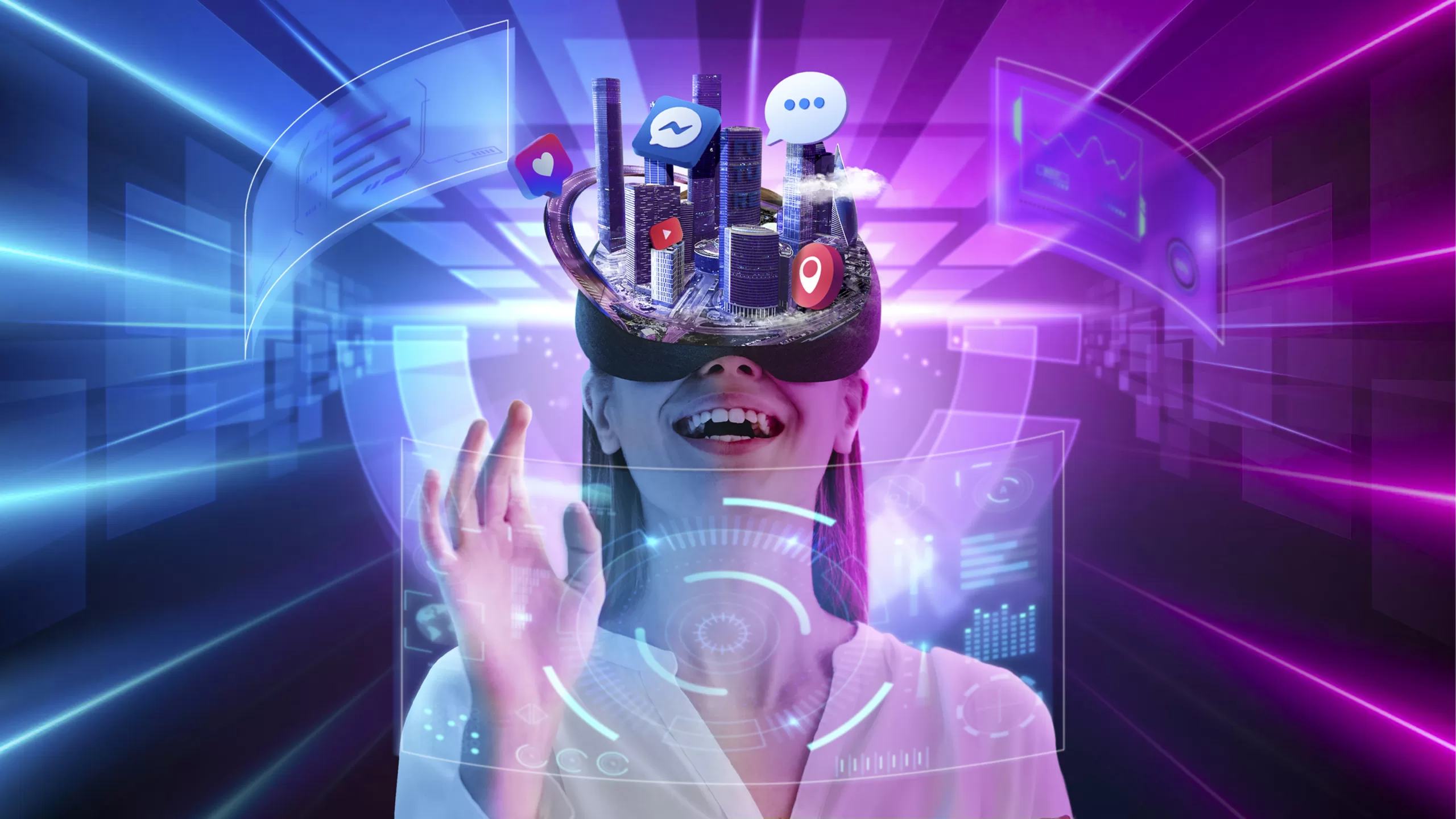Introduction:
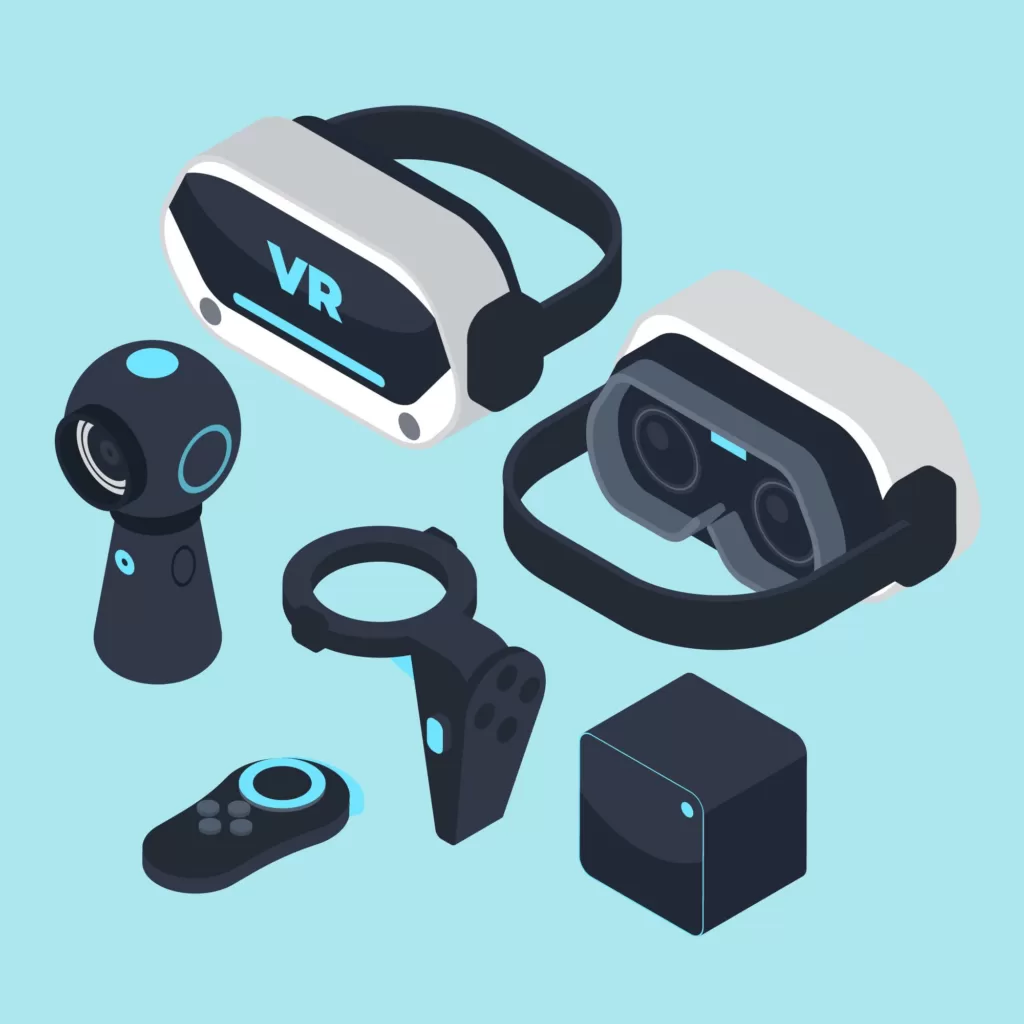
Bild von Freepik
Virtual & Augmented Reality is changing the way we interact with the world and each other. They are at the forefront of technology and innovation, reshaping industries from entertainment to healthcare. This comprehensive guide will delve into the differences, applications, and future of these remarkable technologies.
What is Virtual & Augmented Reality?
Virtual Reality (VR)
Definition and Features
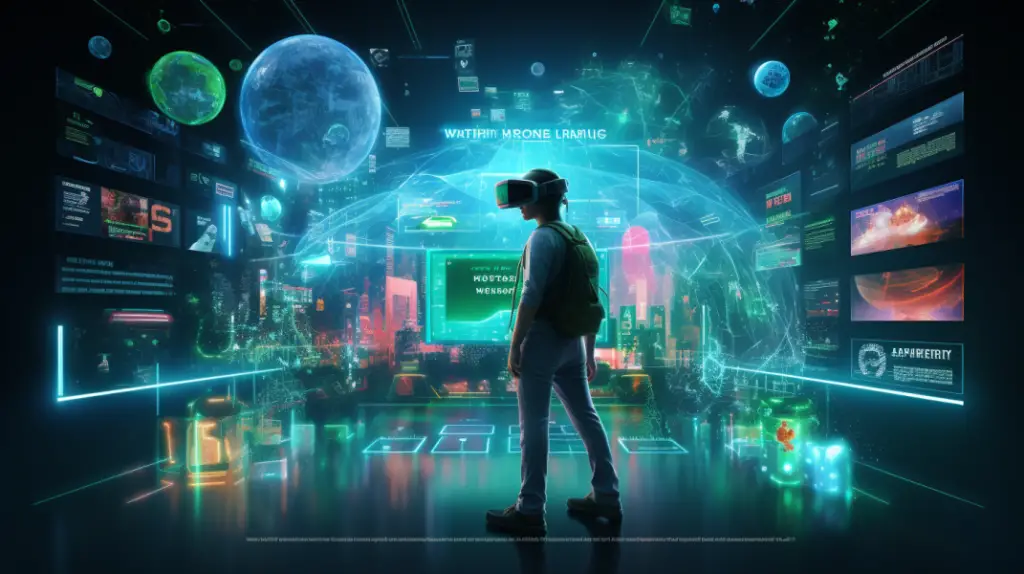
Virtual Reality offers a simulated experience that can be similar to or completely different from the real world. By using VR devices like headsets and motion controllers, users can be immersed in an entirely virtual environment.
Applications:

- Gaming: VR gaming provides a fully immersive experience, making players feel like they’re inside the game.
- Training: Simulated environments offer realistic training experiences in fields like medicine, aviation, and the military.
- Therapy: VR therapy helps in treating phobias and PTSD through controlled simulations.
Augmented Reality (AR)
Definition and Features:
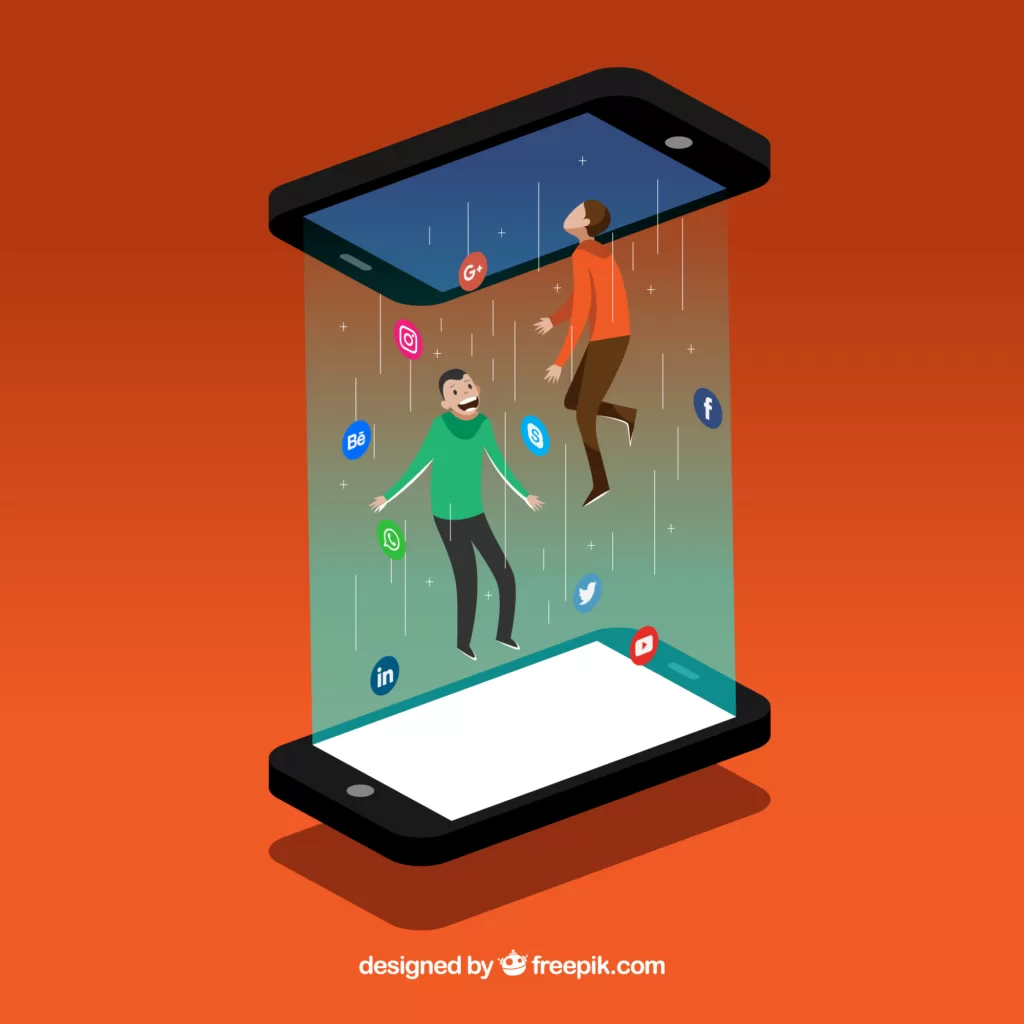
Bild von Freepik
Augmented Reality blends digital elements with the physical world. By overlaying computer-generated images onto real-world objects, it creates a mixed-reality experience.
Applications
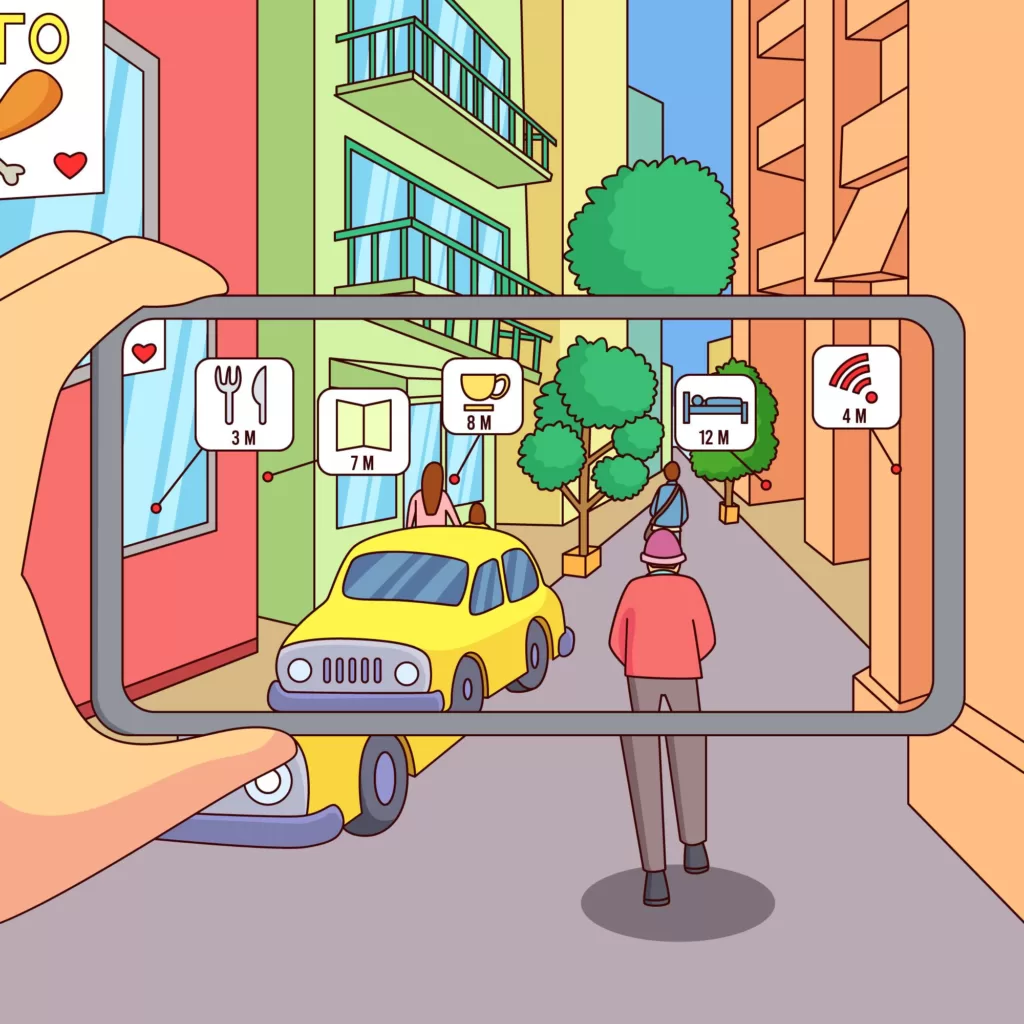


- Retail: AR allows customers to virtually try on clothes, accessories, and more.
- Education: Students can interact with 3D models to understand complex subjects.
- Navigation: AR navigation overlays directions onto real-world streets.
Differences Between VR and AR
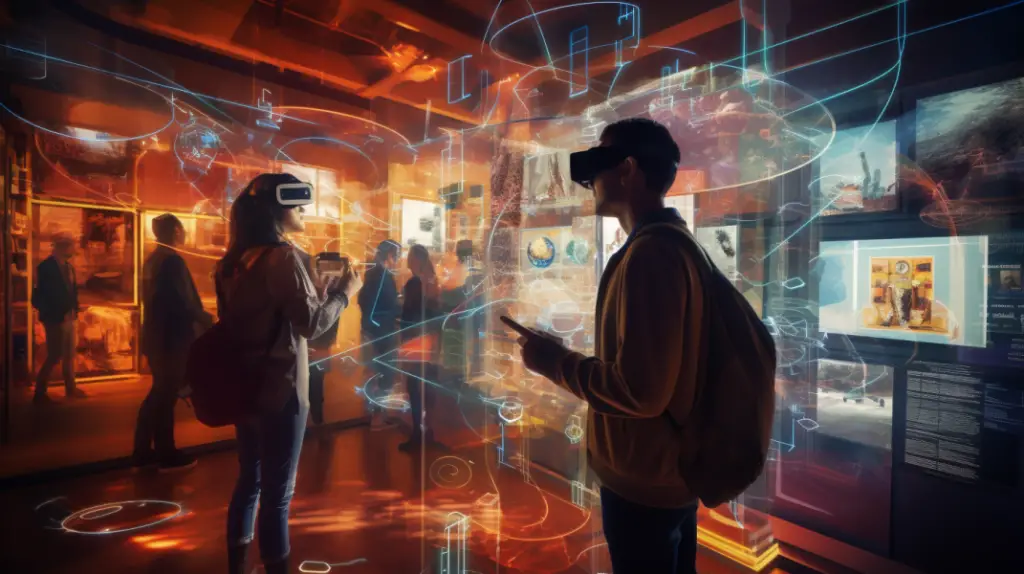
- Immersion: VR immerses the user in a virtual environment, while AR adds to the existing environment.
- Devices: VR requires specialized headsets, while AR can be experienced through smartphones or AR glasses.
- Applications: While both have diverse applications, VR is often more suited to immersive experiences, and AR enhances real-world interactions.
The Future of Virtual and Augmented Reality
Advancements
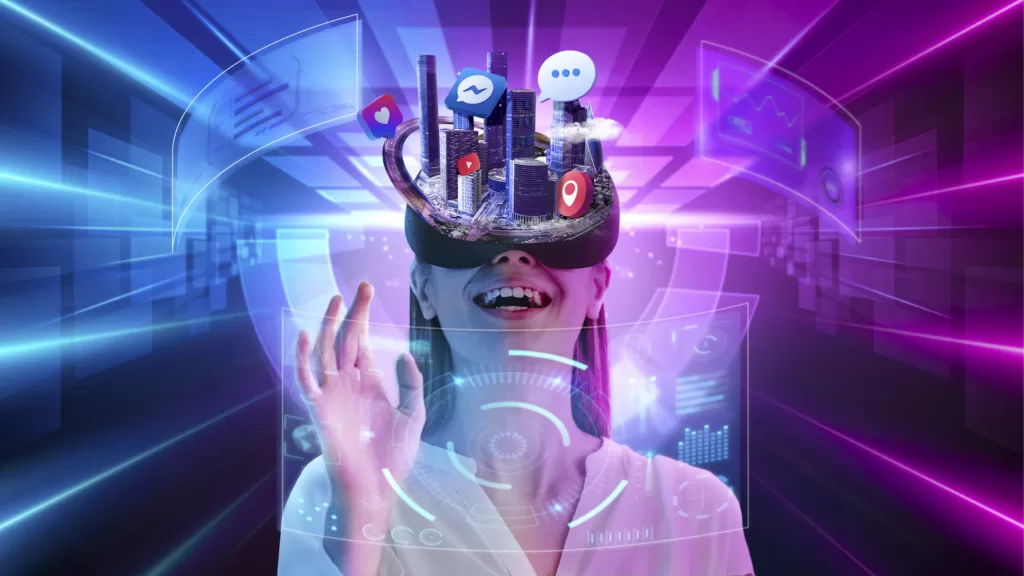
Both VR and AR are rapidly evolving, with advancements in:
- Hardware: Lighter and more comfortable headsets are being developed.
- Software: Realistic simulations and AR interfaces are becoming more advanced.
- Accessibility: Costs are decreasing, making VR and AR more accessible to the general public.
Challenges:

- Health Concerns: Prolonged usage can lead to motion sickness and eye strain.
- Privacy and Security: Ensuring the privacy of user data is a significant challenge.
Opportunities for virtual & Augmented Reality:


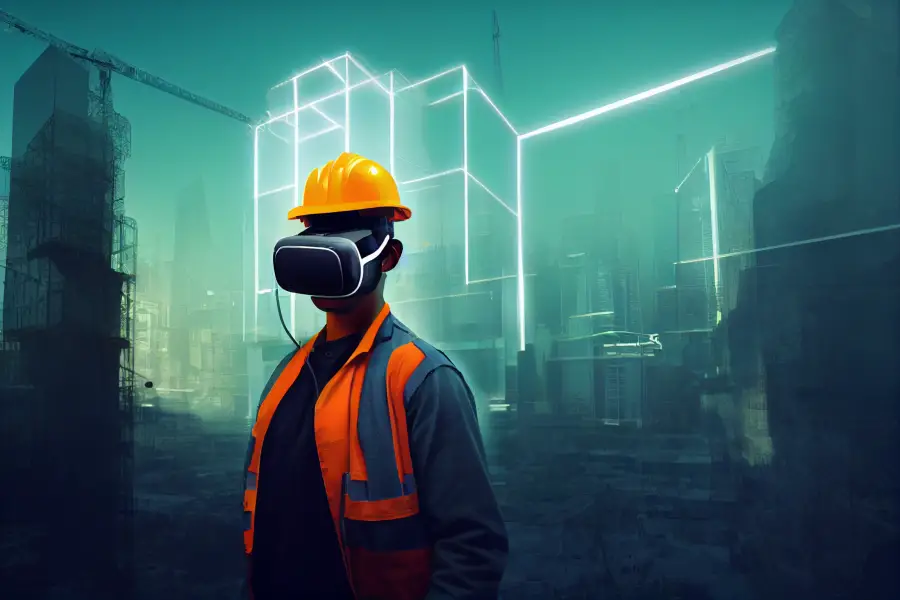
The applications of VR and AR are expanding into various sectors, providing opportunities in:
- Healthcare: Medical training and patient treatment.
- Construction: Virtual walkthroughs and project visualization.
- Tourism: Virtual tours of destinations and historical sites.
Conclusion
Virtual and Augmented Reality are not just trends; they are reshaping the way we live, learn, and play. By understanding their unique features, applications, and the challenges they face, we can better appreciate their potential impact on our future.
From gaming to healthcare, the opportunities are endless, but so are the challenges. As technology advances, so will our understanding of these incredible tools, paving the way for a more immersive and interactive future.
Whether you’re a developer, educator, gamer, or just curious about the subject, the world of Virtual and Augmented Reality awaits your exploration. Dive in, and discover the endless possibilities.

